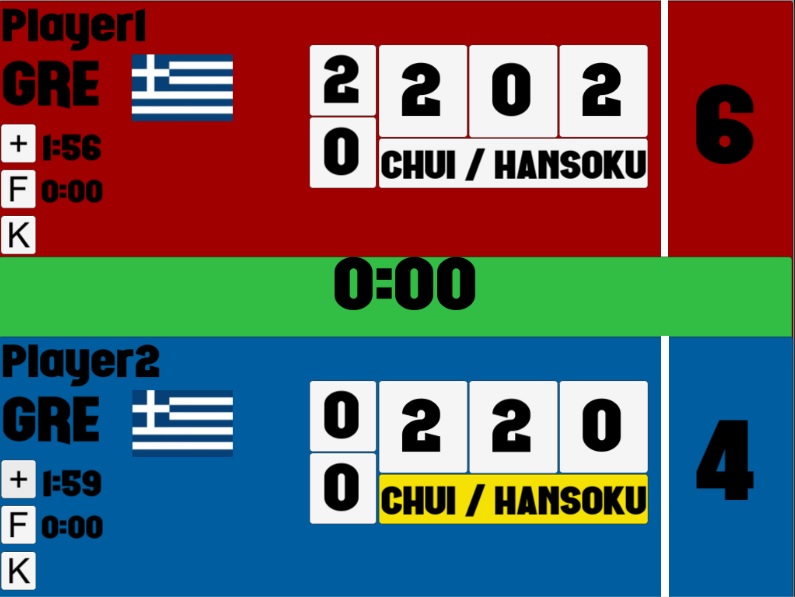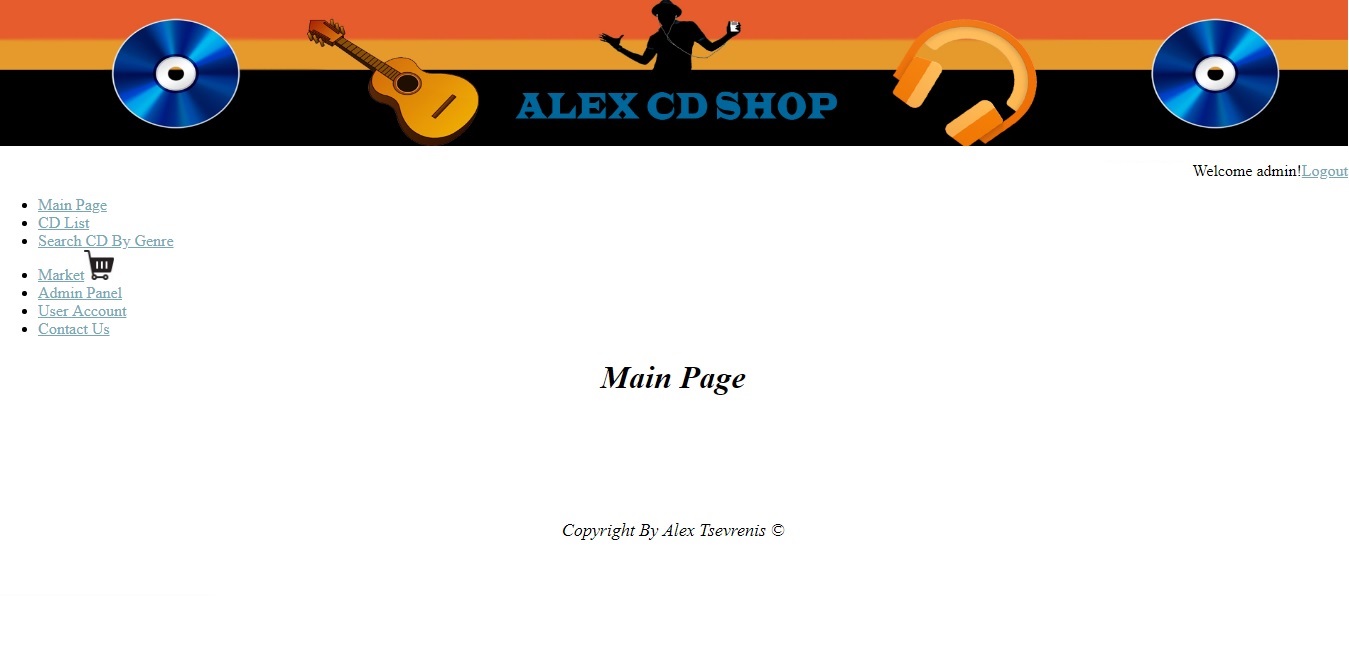PC-Mobile Applications and Website with SQL Database
ScoreBoard
Description:
This application was designed to keep the score between 2 players in martial arts competition.
CD Shop
Description:
CD Shop developed in HTML, PHP, Database SQL languages. It is an online cd shop, it has user, admin panel, order details and a market.
Augmented Reality Museum
Description:
Android Augmented Reality Application designed for mobiles and tablets for navigating and search for info in a demo museum.
Project Video Link: https://www.dropbox.com/s/q4nj7ddultf0mmh/AR_Museum.mp4?dl=0
Augmented Reality Location & NFS Technology
Description:
Android Augmented Reality Application designed for mobiles and tablets for navigating in a building, university or school through images and NFS technology included for newer Android OS
Customer Dates
Description:
This Android application was developed for business owners so they can keep the names and the dates of their customers' orders
Bipolar ChatBot
Description:
This AI python application was developed with tensorFlow neural networks and NLP to detect a patient's mental state with bipolar disorder and inform their doctor and family.
Emotion Recognition ( Image, Music, Video Real-Time)
Description:
This AI python application was developed with tensorFlow neural networks to detect 7 different emotions through picture, music and test them in video in real-time.
Movie ChatBot
Description:
This AI python application was developed with tensorFlow neural networks and NLP to learn pairs of actors' dialogues and use them while u type with the chatBOT.
Predicting Trajectories with Directed-Info GAIL
Description:
As noted in the Directed-Info GAIL paper “the use of imitation learning to learn a single policy for a complex task that has multiple modes or hierarchical structure can be challenging”. This thesis will explore the use of Directed-Info GAIL algorithm, which is based on the generative adversarial imitation learning framework to automatically learn subtask policies from unsegmented demonstrations of robot trajectories and aircraft trajectories, given that flights and robots have indeed different modes of behaviour in different segments of trajectories, depending on tasks they fulfil and many trajectories’ contextual features. Documentation DOI/Link: http://dx.doi.org/10.26267/unipi_dione/1112


















